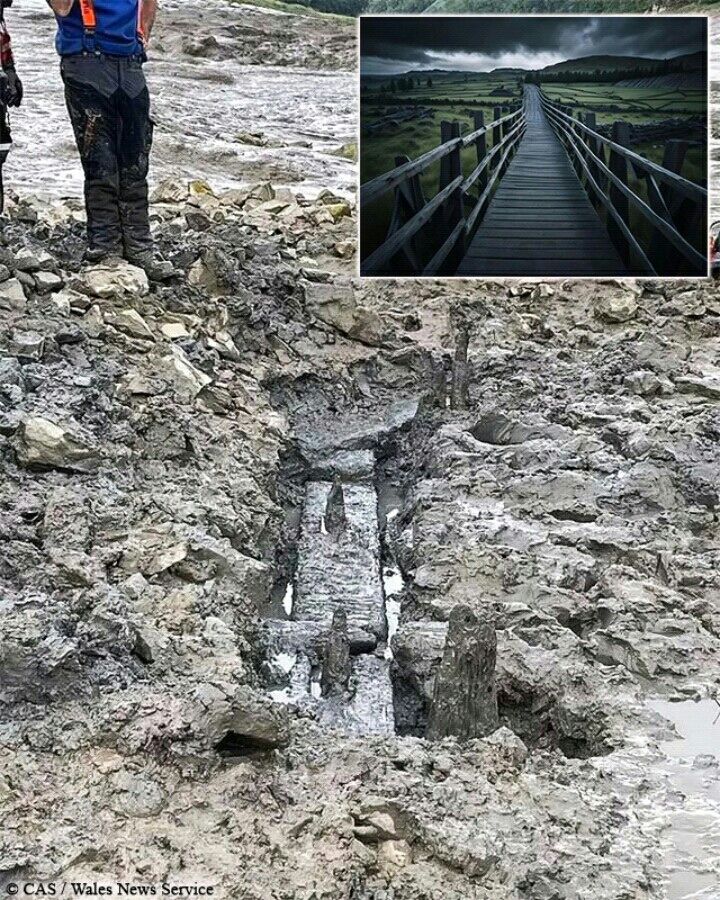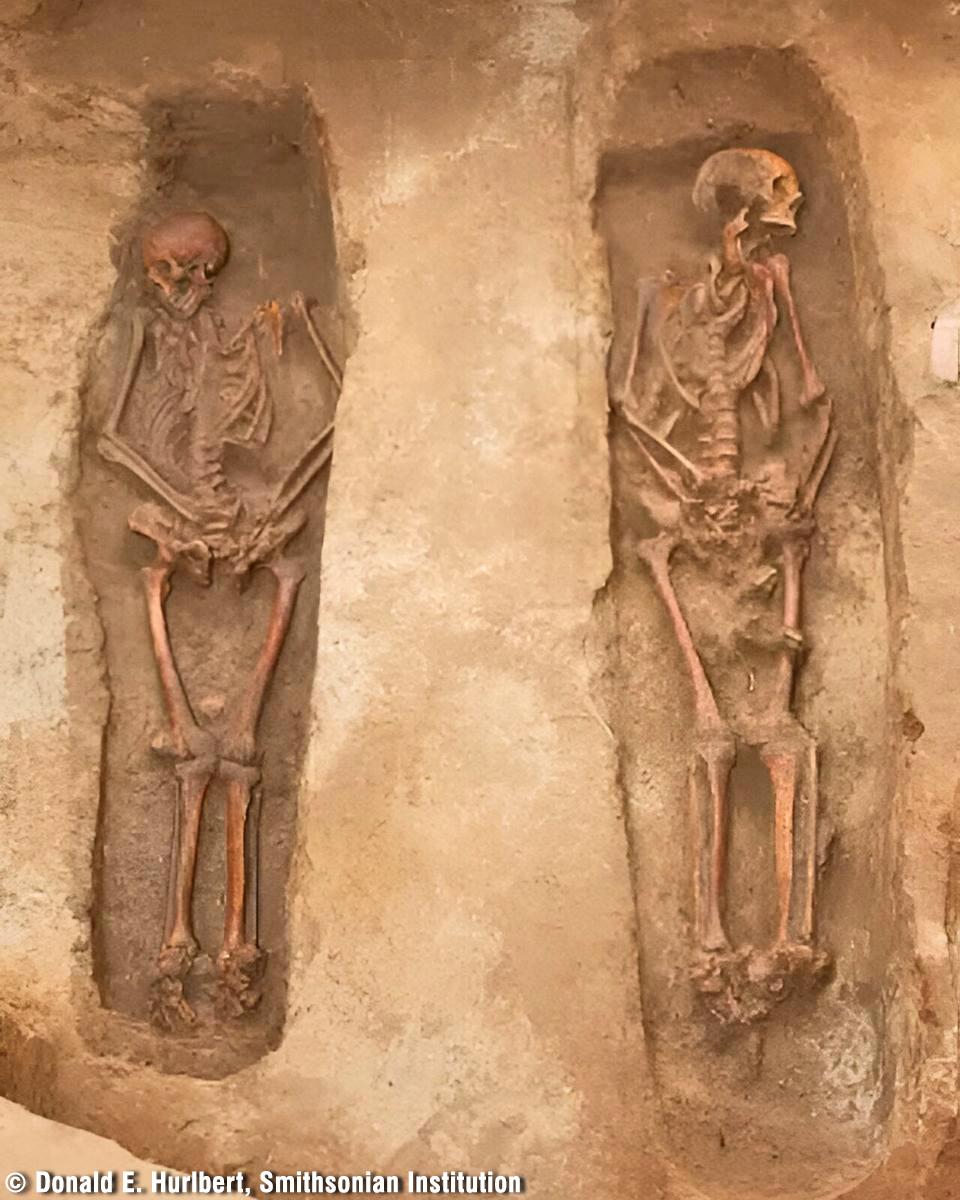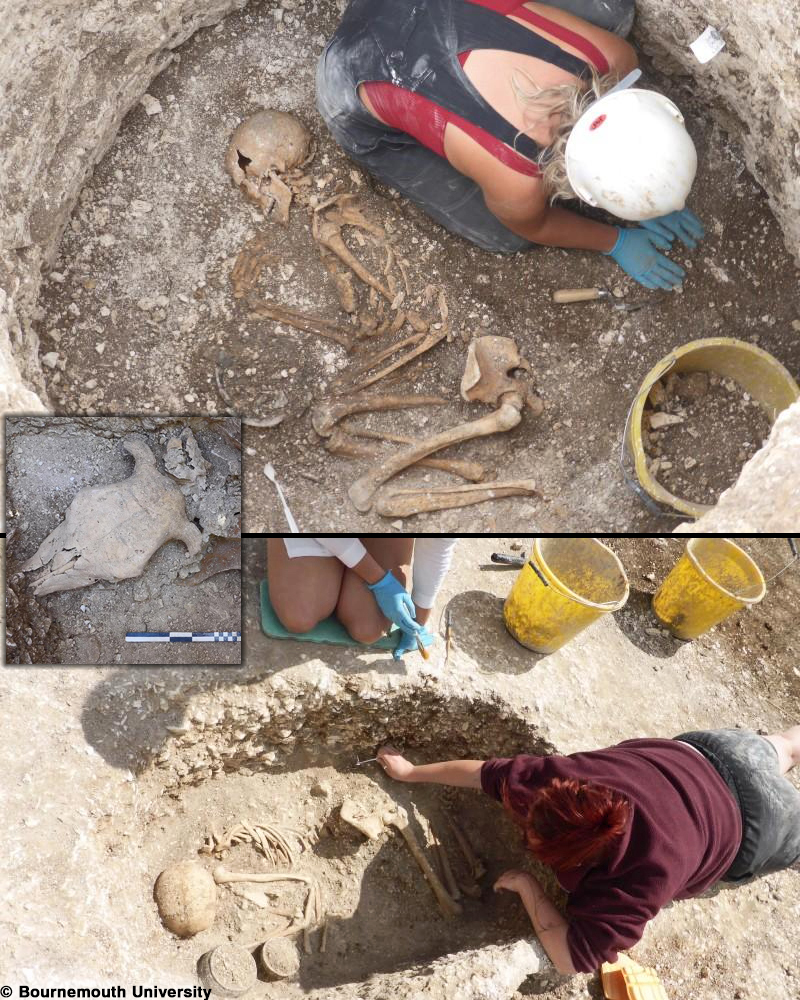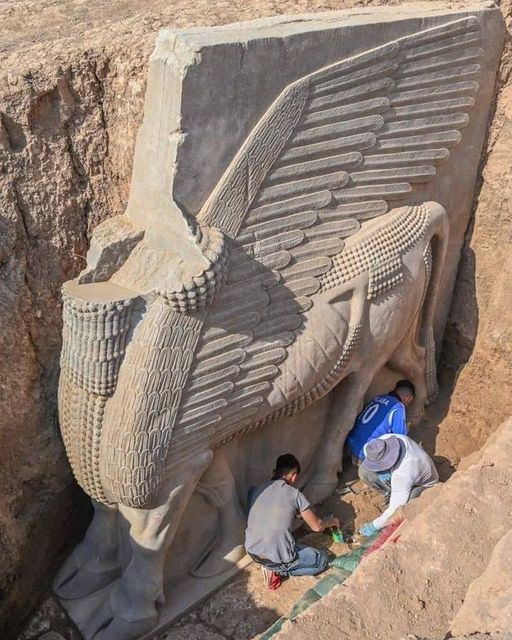Italy, a land of exquisite cuisine, historic cities, and unparalleled natural beauty, is also home to one of the most iconic and formidable natural wonders in the world: Mount Vesuvius. Nestled on the Bay of Naples, this majestic volcano has an intriguing and terrifying history, forever etched in the annals of geological marvels. In this blog post, we delve into the fiery tale of Mount Vesuvius, exploring its history, eruptions, and the profound impact it has had on the surrounding region.
A Geological Time Capsule
Mount Vesuvius, with its lofty silhouette, is a stratovolcano that has captured the imagination of countless individuals throughout history. The geological history of this site dates back to over 25,000 years, making it one of the most extensively studied volcanoes on Earth. It stands as a living testament to the dynamic and ever-changing nature of our planet.

The Eruption of AD 79: A Cataclysmic Event
Undoubtedly, the most infamous chapter in the story of Mount Vesuvius is the catastrophic eruption of AD 79. This event not only changed the landscape of the Bay of Naples but also froze a moment in time for the city of Pompeii and its inhabitants. The eruption was so violent and devastating that it buried the cities of Pompeii and Herculaneum under layers of ash and pumice, preserving them for centuries. Today, the ruins of these cities offer a unique glimpse into Roman life during that era.

Periods of Dormancy and Reawakening
After the eruption of AD 79, Mount Vesuvius did not remain dormant for long. It went through cycles of eruption and dormancy over the centuries, causing anxiety and trepidation among the people living in its shadow. One of the more recent and destructive eruptions occurred in 1944 during World War II, wreaking havoc on the nearby town of San Sebastiano al Vesuvio. This eruption served as a grim reminder of the ever-present danger posed by this fiery giant.

Volcanic Activity and Research
Mount Vesuvius has long been a focal point for geological research. Scientists and volcanologists have studied it extensively to better understand volcanic processes and develop early warning systems. The volcano's proximity to densely populated areas, including the city of Naples, adds to the urgency of understanding its behavior and potential threats. Continuous monitoring and research have led to improved safety measures and evacuation plans in case of future eruptions.

Cultural and Culinary Impact
The influence of Mount Vesuvius extends beyond geological and historical significance. The fertile soil surrounding the volcano is known for producing some of the finest wines and agricultural products in Italy. The volcanic soil enriches the local produce, such as the renowned San Marzano tomatoes and the luscious Lacryma Christi wine. The volcanic terrain has become a symbol of the region's rich agricultural heritage, contributing to the exceptional flavors found in Neapolitan cuisine.

Mount Vesuvius, a geological marvel with a tumultuous past, has left an indelible mark on Italy and the world. Its eruptions may have brought destruction, but they have also provided us with a window into the past, allowing us to explore ancient civilizations and cultures. Today, the volcano continues to be a source of wonder and scientific discovery, reminding us of the remarkable forces that shape our planet.










